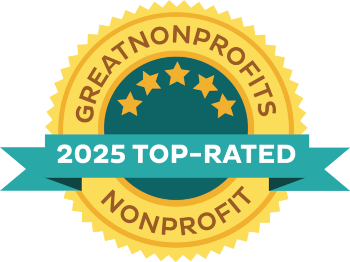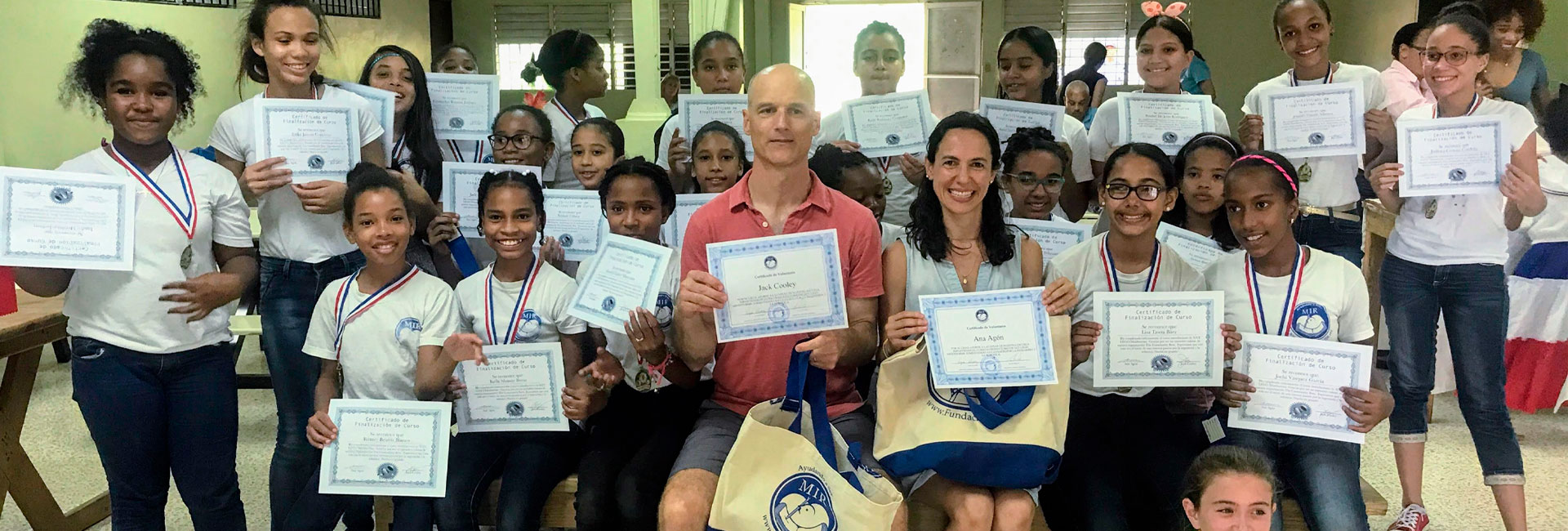

The Challenge:
Middle school girls can form negative stereotypes about gender roles related to STEM education, which can ultimately lead to limited career opportunities in fast-growing STEM fields.
The Solution:
What If we created a program that was designed to reach girls when they are most vulnerable to the societal pressures of what girls can and cannot do?
To date, we have served hundreds of students and built measurable teacher training programs that bring results. We have set up programs with administrators to integrate The Community Bots program into their curriculum.
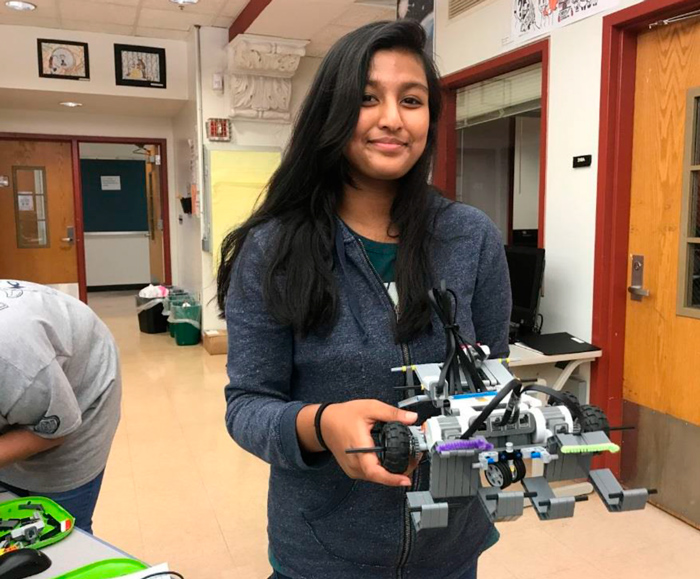
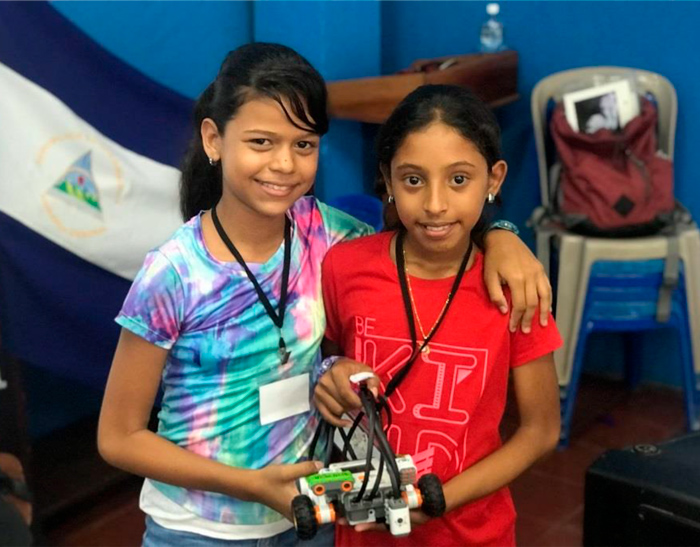
“I thought only boys did robotics.”
And that quote is often echoed throughout K-12 schools throughout the world. It is one of the reasons why The Community Bots program was developed. The Community Bots is designed to provide training and equipment in STEM-robotics for girls in underserved communities around the world. The founders, who are educators in New York City, understand the importance of learning STEM-robotics and the impact it has on the confidence, strength, and academic success of young women. As educators, they have extended their passion in the field of science and technology to leading an after-school robotics program. As leaders in their field, they participated in the FIRST LEGO League (FLL) and RoboCupJunior at the national and international levels.
Leading all-girls robotics teams has supported the pathway to get more girls to participate in robotics and or STEM/engineering fields and to ensure robotics equipment used for yearly competitions was recycled and put to use in underserved communities. With their unique perspective and hands-on experience as a guide, The Community Bots was born. The equation for success is simple, train the teachers and continue to support them while they train the students. This approach leverages our impact in exponential ways.
As part of the program, The Community Bots celebrates the achievements of women in the STEM-robotics field. This is done by sharing examples of role models and setting up interviews with local women who can share their experiences and stories with the hope to inspire young women to explore and consider the possibility of choosing a path in the STEM field by listening to real-life examples of successful women in the field.
Statistics
Women remain underrepresented in the science and engineering workforce, although to a lesser degree than in the past, with the greatest disparities occurring in engineering, computer science, and the physical sciences.
Women make up half of the total U.S. college-educated workforce, but only 34% of the science and engineering workforce.
Female scientists and engineers in the USA are concentrated in different occupations than men, with relatively high shares of women in the social sciences and life sciences and relatively low shares in physical sciences, computer and mathematical sciences, and engineering.
Concentration of Occupations by Female Scientists and Engineers
- Social Sciences 65%
- Life Sciences 48%
- Computer and mathematical 26%
- Physical sciences 25%
- Engineering 15%
Although fewer women than men work in STEM occupations, their share of the STEM workforce has grown at a faster rate over the past 10 years. Between 2011 and 2021, the number of women in the STEM workforce increased by 31%. In 2020, women had lower median earnings than men in STEM occupations overall.
Race and ethnicity are salient factors in participation rates in the science and engineering workforce. Collectively, underrepresented minorities—Hispanics, Blacks, and American Indians or Alaska Natives—represented nearly a quarter (24%) of the STEM workforce in 2021, up from 18% in 2011. However, they continue to make up a smaller share of the STEM workforce than their proportion of the U.S. population (30%).
As the proportion of other racial and ethnic groups increased, white STEM workers decreased from 74% in 2011 to 64% in 2021. These data show increasing diversity within the STEM workforce over these 10 years.
The increase in female participation in science and engineering over the past two decades includes increasing participation by members of all racial and ethnic groups, especially Hispanic/Latina and Asian women. However, Latina, Black, and Indigenous women represent less than 10% of the STEM workforce overall.
Sources:
National Science Board, National Science Foundation. 2022. Science and Engineering Indicators 2022: The State of U.S. Science and Engineering. NSB-2022-1. Alexandria, VA. Available at https://ncses.nsf.gov/pubs/nsb20221
National Center for Science and Engineering Statistics (NCSES). 2023. Diversity and STEM: Women, Minorities, and Persons with Disabilities 2023. Special Report NSF 23-315. Alexandria, VA: National Science Foundation. Available at https://ncses.nsf.gov/wmpd.
Throughout Latin America and the Caribbean, the patterns are similar for higher education.
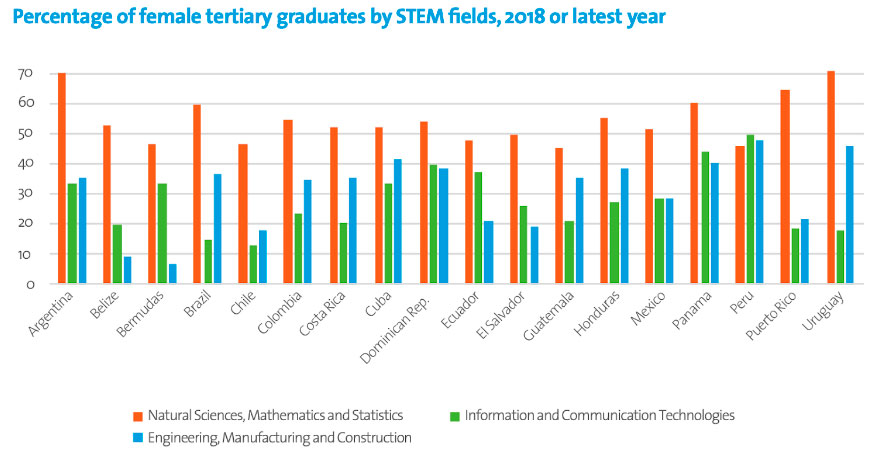
Source: UN Women
Today is the day!
Be part of the change. Help us bridge the gender gap in STEM fields while bringing in equipment and training to young women and teachers around the world.

Stay informed about The Community Bots news
Get Updates

Our Mission:
The Community Bots provides training and equipment in STEM-robotics for young women and their teachers in underserved communities around the world. Working with its partners, The Community Bots supplies academic and social-emotional support so that our aspiring engineers can pursue higher education and a career in STEM.
THE COMMUNITY BOTS, 525 EAST 89TH STREET, APT. 3A
NEW YORK, NY, 10128
UNITED STATES
[email protected]

